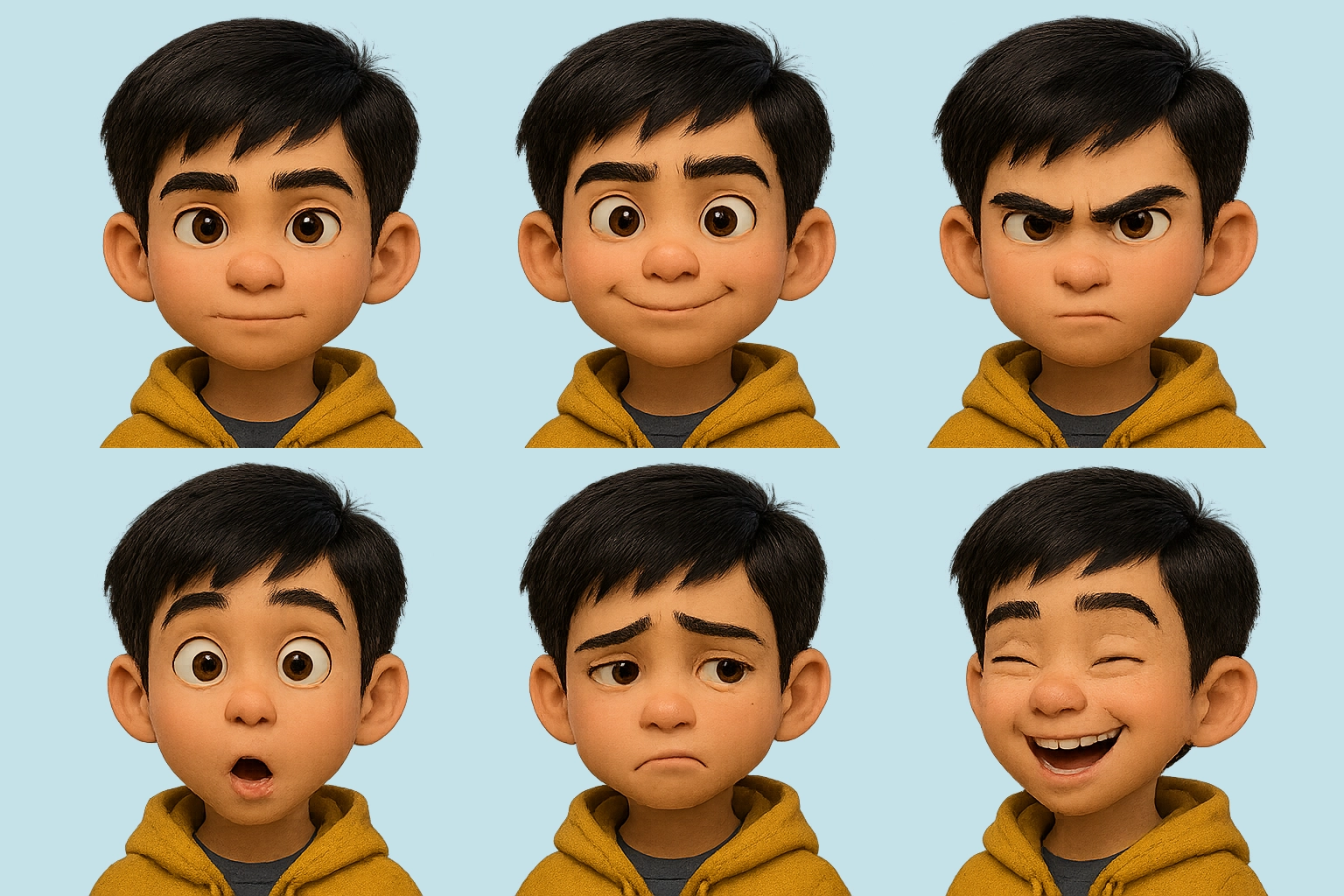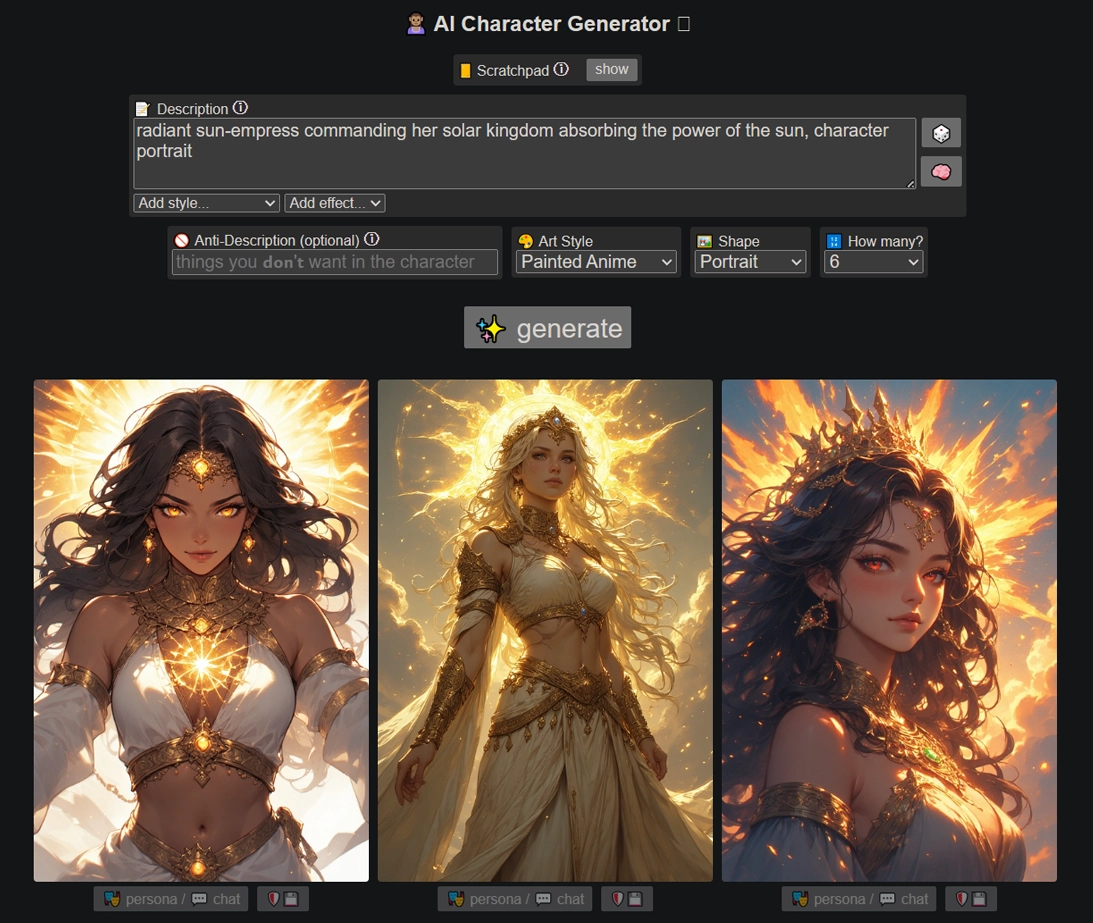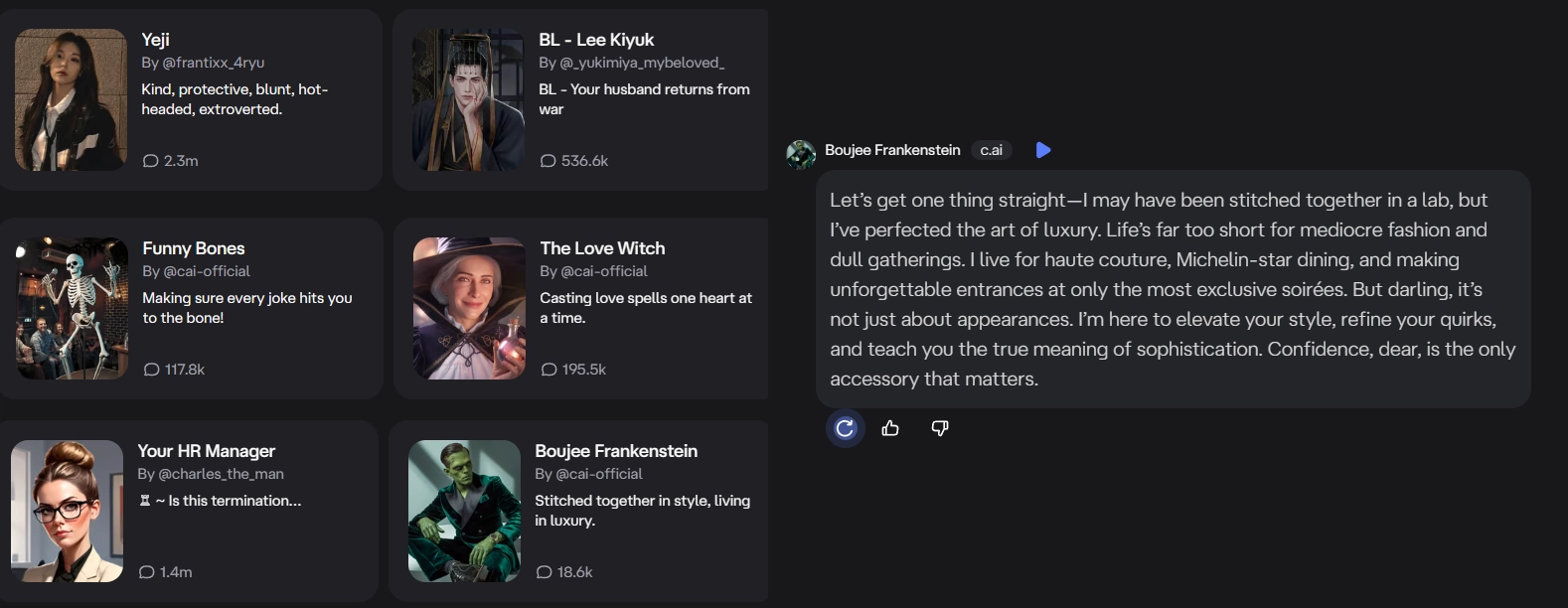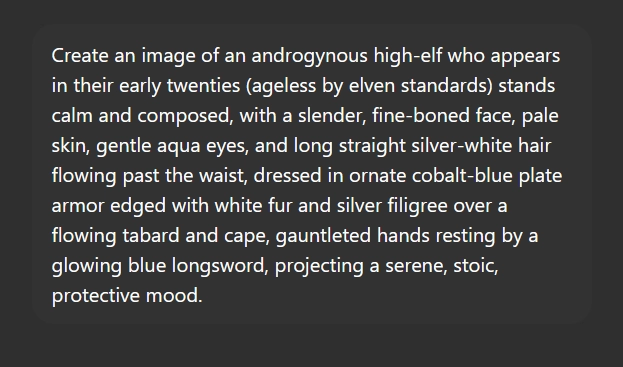
AI character generators are transforming digital creation by allowing artists, writers, developers, and everyday users to produce lifelike personas in minutes. What started as basic text-to-image tools has evolved into multi-modal systems capable of generating 3D characters, anime portraits, and even fully interactive personalities. AI character generators are revolutionizing art, storytelling, and design in 2025.
An AI character generator is a creative tool powered by generative artificial intelligence that produces original characters, some with complete with appearance, personality traits, and even a backstory based on a user’s description or “prompt.” Early tools in 2022 could only convert text prompts into flat illustrations. Now, modern generators can render 3D computer graphics, anime scenes, or avatars that have traits like emotion and behavior.

This combination of art, design, and machine learning allows anyone to create distinctive characters for storytelling, marketing, or personal projects.
Adoption of AI character generators has been rapid and global. Character.AI alone now boasts over 20 million monthly users generating over 1 billion messages within the first month of launching. This user-driven boom shows how digital personas are no longer the domain of studios but they’re now built by individuals everywhere.
The gaming world has embraced character generators faster than any other creative sector. Tools like Epic Games’ MetaHuman Creator empower artists to produce ultra-realistic faces and hairstyles ready for animation in AAA games or film productions. For indie developers, AI tools are emerging such as Leonardo.AI or Scenario to bridge the gap between concept and implementation, generating stylized characters without traditional art pipelines.
Even NPCs in games can now be procedurally created with unique looks, animations, and behavioral patterns, reducing production bottlenecks and opening new levels of storytelling depth. Developers can design an entire cast for an RPG or simulation game in days rather than months, while ensuring each AI character feels distinct and memorable. This video by NVIDIA GeForce shows AI People and its autonomous NPC interactions, further showcasing how AI affects the game industry:
In marketing, AI character generators are redefining how companies build brand identities. Virtual influencers such as Lil Miquela paved the way, but today’s AI systems let brands instantly generate custom mascots, models, or avatars that evolve with consumer feedback.

Data shows that 33% of teenage users interact with AI characters for companionship or emotional support, an engagement level that forward-thinking marketers are leveraging for more authentic storytelling. Instead of static logos or slogans, brands now have dynamic digital personalities that embody their message and connect directly with their audiences.
The versatility of modern generators means you can create virtually any kind of character, across genres and art styles. Tools such as MidJourney and DALL·E 3 can generate photorealistic portraits, concept art, or other stylized characters. Other tools are more specific or specialized, and can focus on certain 3D looks or anime visuals. 3D-ready avatars are also offered by tools such as MetaHuman and Read Player Me for gaming, with a potential in virtual reality experiences. This video by The Future Factors AI showcases how fast and easy it is to create consistent characters using Midjourney:
Users can fine-tune numerous things such as color palettes, clothing, facial features, and lighting setups to achieve unique and cohesive results. This “describe your character” model has never been more literal, in which you can simply tell the AI what you want, and it visualizes it in seconds.
Beyond visuals, AI character generators increasingly focus on emotional intelligence and storytelling. These characters can remember conversations, react naturally, and grow over time. Many are now including voice synthesis and animation features as well, allowing creators to bring these personas to life in podcasts, interactive fiction, or social platforms. For writers and roleplayers, this capability is a creative breakthrough as characters or NPC can remember past dialogue, or a digital assistant can have a consistent mood and vocabulary. It’s no longer just image generation anymore but now a relationship building through AI.
Each generator caters to a different need, so the best approach is to experiment and see which aligns with your preferred art style and workflow.
For professional artists and studios, this is a go-to for industry-leading image quality and stylized realism, excellent for fast concept art, mood boards, and polished character design drafts.
For beginners and budget-conscious creators, this offers free character generation powered by advanced models, handy for quick drafts, thumbnails, or explorations without upfront cost.

Ideal when you want simple character generation plus built-in layout tools; you can move straight from image creation to posters, social posts, or pitch decks in one place.
Useful for rapid, randomized character prompts and concepts for stories or games; it’s a lightweight way to spark ideas and break creative blocks.

Perfect for drafting personalities, backstories, and dialogue; pair its conversational characters with your visuals to prototype narrative tone, refine motivations, and stress-test how your cast “speaks”.

Although it isn't AI, MetaHuman is still a strong fit for professional pipelines building 3D characters in Unreal Engine; it delivers highly realistic, rigged humans with controls that slot neatly into realtime workflows, without the IP issues when it comes to actual AI.
Under the hood, modern AI character generators blend several intertwined technologies: natural language processing interprets prompts and pulls out key descriptors like gender, color, and mood; diffusion models and, in some cases, GANs translate those cues into layered, high-fidelity imagery; machine learning continuously refines outputs by learning from vast numbers of prior generations; and multimodal systems link text with visuals (and sometimes audio) to keep characters consistent and emotionally coherent across styles and formats.
The workflow starts with your input, such as: “An anime-style elf in blue armor with silver hair and gentle eyes.”

The AI then extracts relevant parameters: style (anime), species (elf), color palette (blue/silver), and expression (gentle). It then merges them into a single character image. Some platforms refine poses, accessories, or lighting through iterative passes, ensuring consistency even when generating variations or animation frames. Creators can refine or change these, to alter expressions, rotate poses, or change attire.
In animation and film, AI character generators streamline pre-production. Studios can rapidly prototype characters and concept art before committing to detailed modeling. Virtual reality and augmented reality projects use AI-generated characters as interactive guides or immersive NPCs. Independent filmmakers now use these tools to storyboard scenes and test aesthetics early, saving both time and cost. In the most recent news, AI has also moved to characters for films with the AI actress, Tilly Norwood. Although the actress is receiving backlash, the creator sees it as a tool not a replacement, and has mentioned that entertainment companies are expressing interest in hiring the AI actress. It is a scary yet interesting reality that will continue to grow the AI and AI character landscape:
In business, AI characters function as virtual assistants, brand mascots, or interactive presenters. They bring warmth and relatability to digital interactions, helping companies connect on a human level. Educational startups use them to create tutors with consistent personalities, improving engagement through conversational learning. This cross between functionality and creativity illustrates how artificial intelligence can serve both aesthetics and communication. Let’s talk branding touches on the use of AI characters in branding in this tutorial video:
Game developers and tabletop creators benefit enormously from AI-driven design. Although still an emerging technology, procedurally generated NPCs populate expansive worlds with unique faces and dialogue. For players, the ability to generate AI characters for campaigns or mods fuels creativity and personalization. AI now assists not only in asset generation but in emotional expression, bridging visual storytelling with interactive design. In this example by Starlight Labs, AI can be used in NPCs in a dynamic way, that makes a video game more immersive:
Despite their power, AI character generators aren’t flawless and have their own challenges and limitations when used. Before using or integrating it with one' s workflow, it’s important to know these and to be prepared.
Maintaining consistency across multiple images or animation frames remains challenging, particularly for complex styles like watercolor painting or 3D realism. Over-reliance on datasets can also lead to repetitive results or limited diversity. Integrating these assets into professional workflows sometimes requires manual image editing or retouching to ensure polish.
The rise of AI-generated characters raises questions about authorship, copyright, and creative originality. Datasets can unintentionally replicate bias or overrepresent certain styles. Responsible creators should combine AI output with personal touches to ensure originality and integrity. When used ethically, AI acts as a tool that extends human imagination, not replaces it.
AI character generators are entering a new phase defined by real-time interactivity. Advancements in voice synthesis, gesture tracking, and emotional modeling allow characters to respond naturally to human input. Integration with augmented and virtual reality might also be possible in the future, and can open up more opportunities such as letting users walk beside or maybe even speak with their AI creations. These systems can begin to blend art, performance, and technology into a unified creative medium.
According to Generative AI Market, the broader generative AI market is expected to surpass $71.36 billion in 2025. Within it, AI avatars/digital humans (a key slice of character generation) are also projected to grow rapidly, indicating strong momentum for character-focused applications. Character.AI alone is projected to reach $50 million in annual revenue by the end of 2025, while new entrants compete to specialize in stylization, realism, and animation. With expanding use cases in healthcare, training, and education, AI characters are becoming a central part of the human–machine creative ecosystem.
Getting started with AI character generators is as easy as it sounds! Here is a step-by-step beginner’s guide in the simplest terms:
Artists may prefer MidJourney or MetaHuman, while marketers might favor Canva or Bing’s free AI character generator. You can refer to the list of tools we listed in the article to choose what fits your needs best.
Include descriptive traits such as age, clothing, face, hairstyle, and mood to guide the AI’s creativity. Try to be as detailed as possible if you are after a specific look.

Tweak details or the prompts, explore different styles, and iterate until the result matches your vision. You may also edit them in other tools such as Photoshop to better polish it.
Download your creation and start importing and using it in your projects.